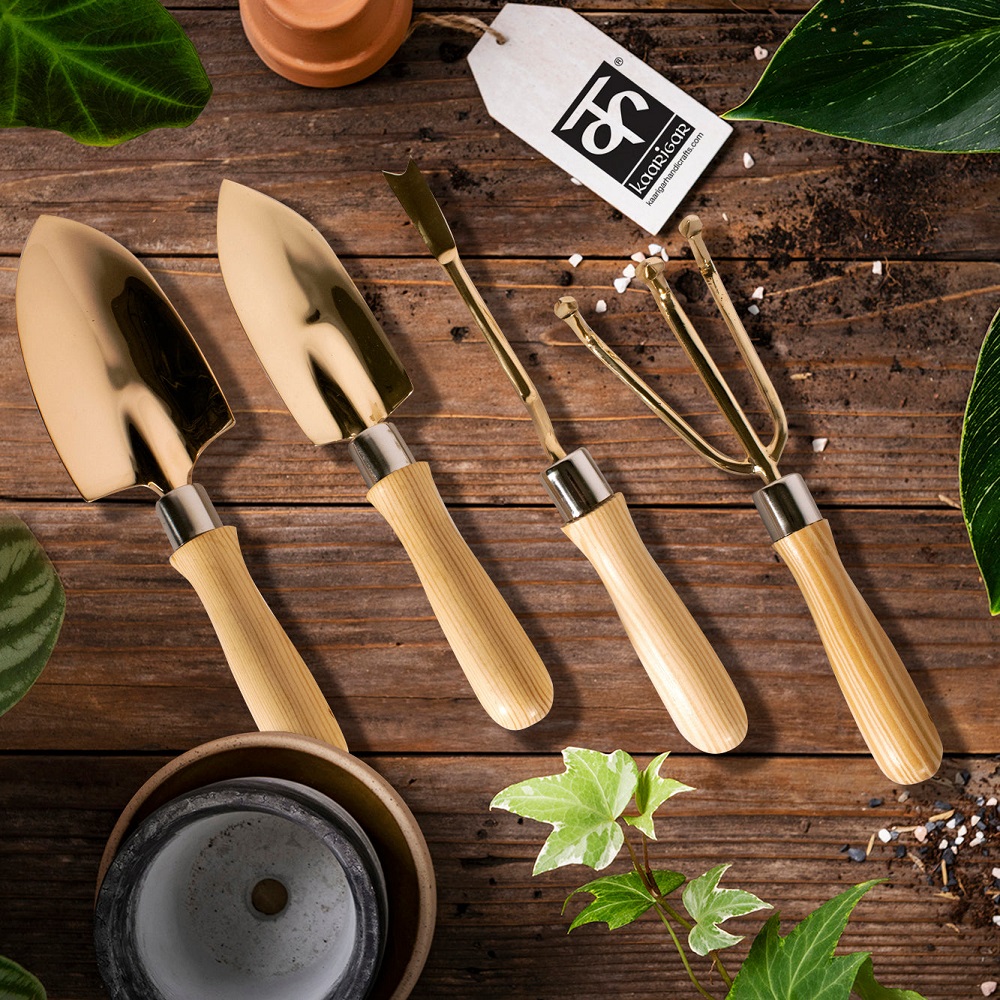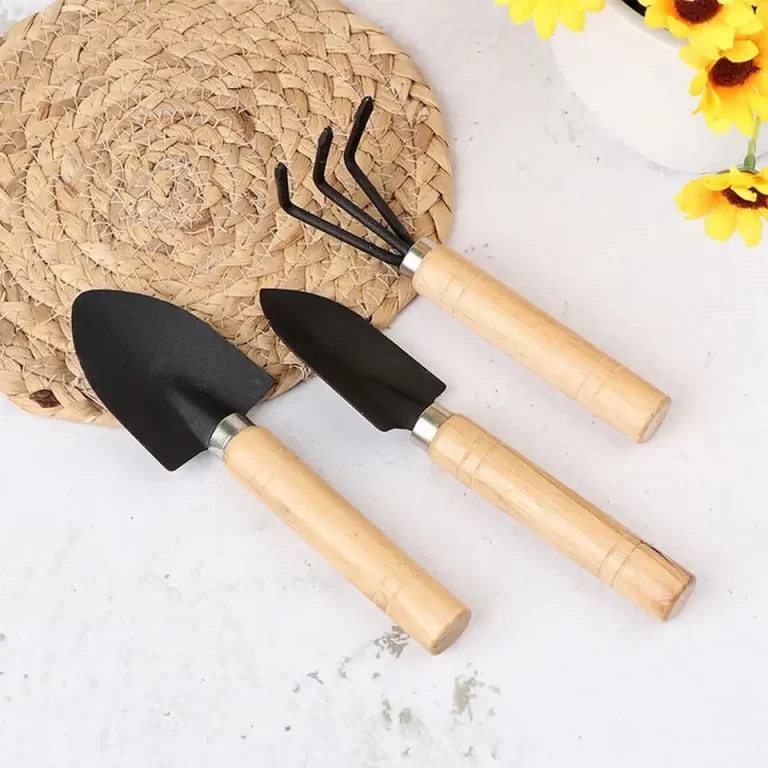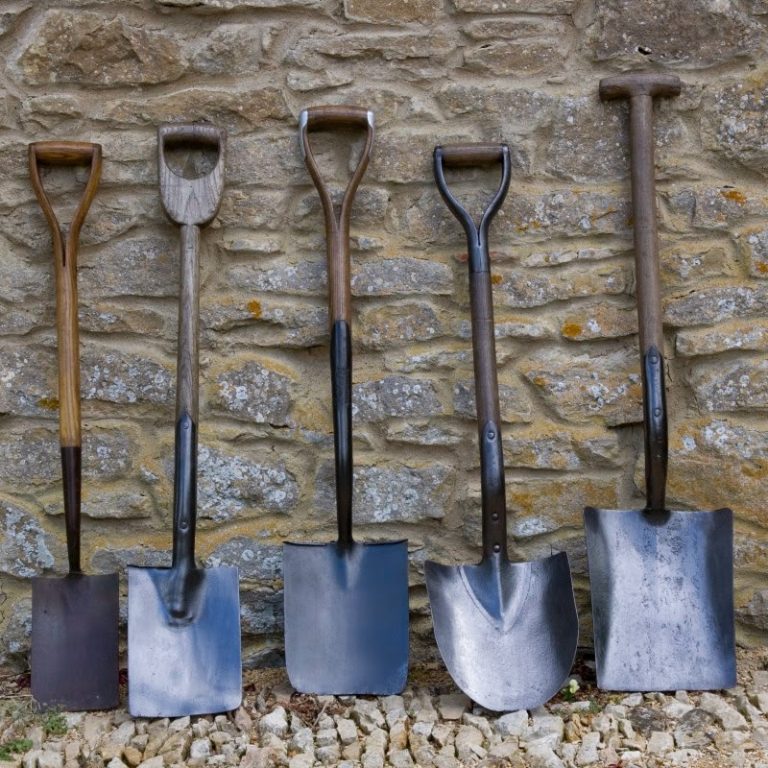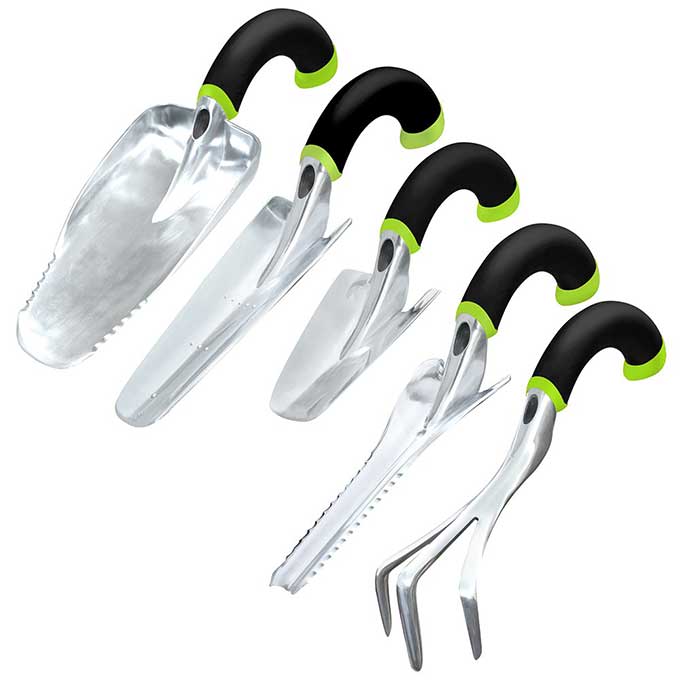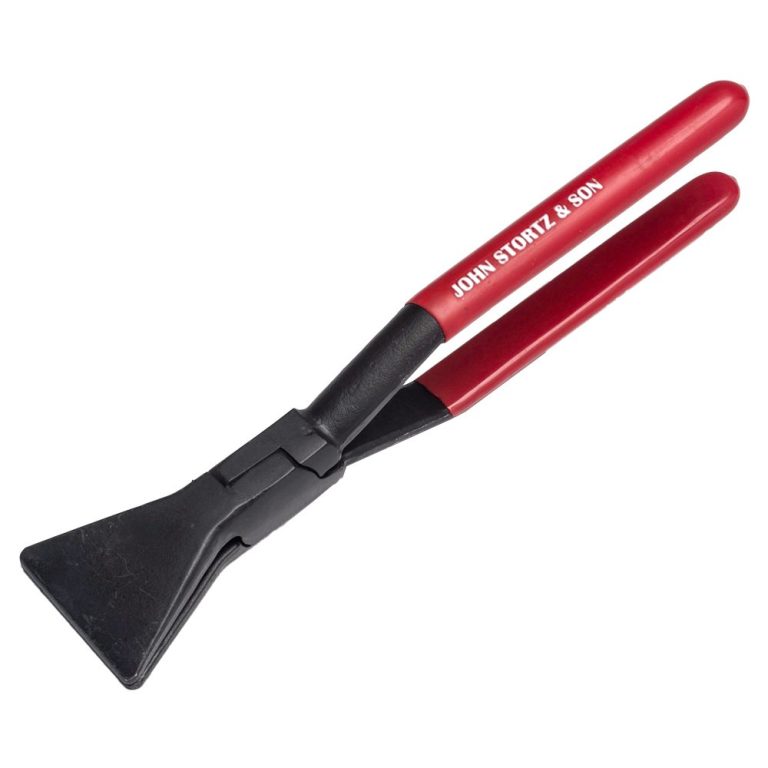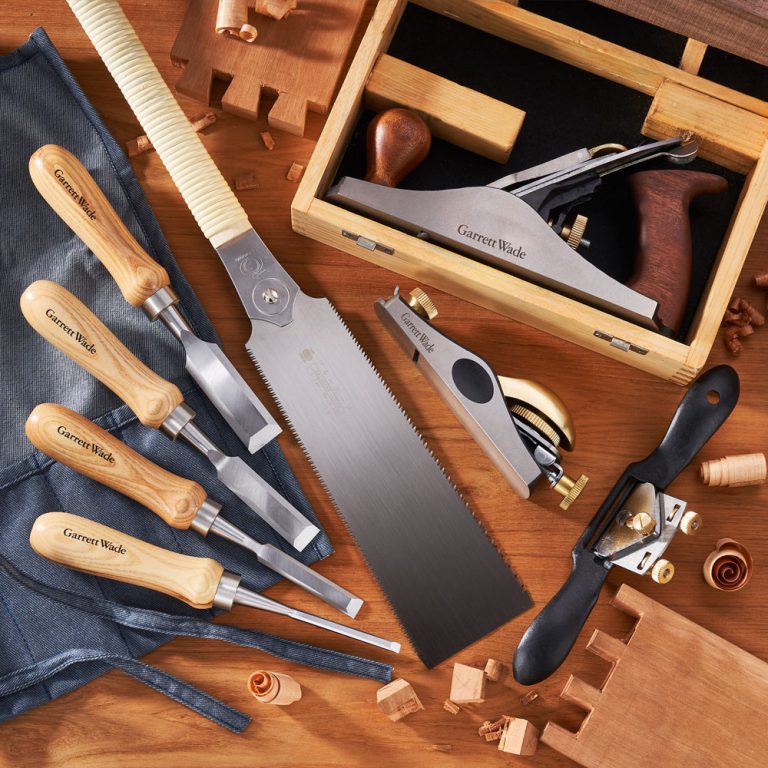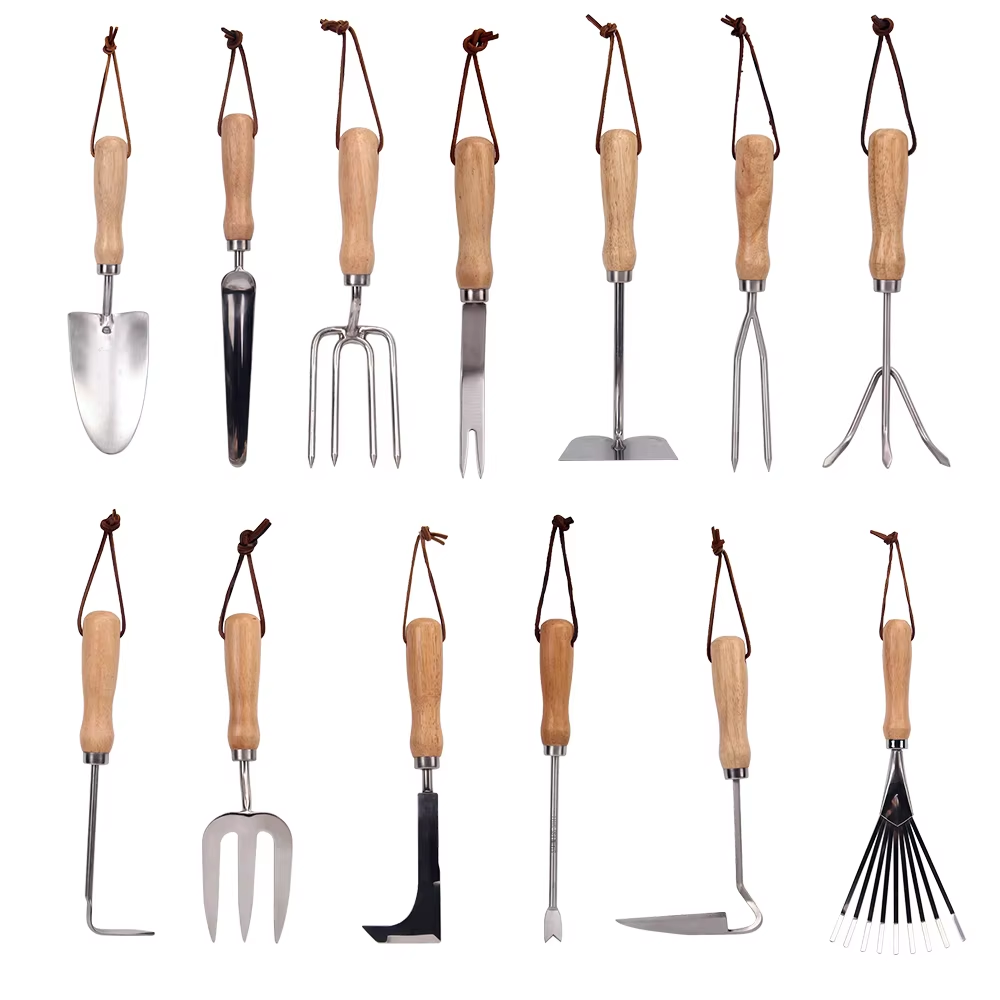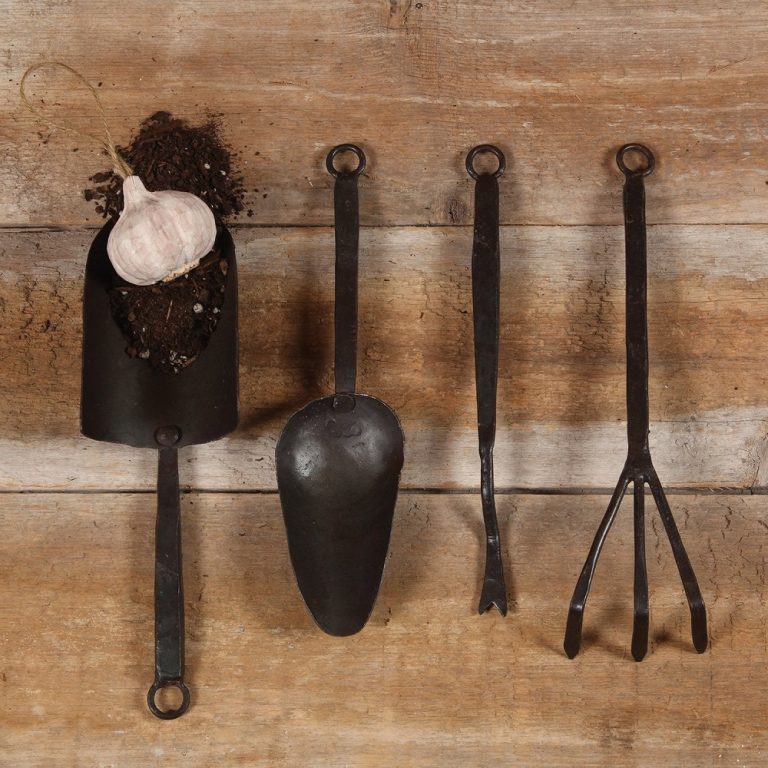Gardening is a fulfilling hobby that brings joy and relaxation. To make the most out of your gardening experience, having the right garden tools is essential. A well-curated garden tools set can help you manage tasks efficiently and produce stunning results. However, with so many options available, it can be challenging to identify which tools are best suited for your needs. In this article, we’ll discuss how to choose the right garden tools set based on your gardening tasks and preferences.
Understanding the Essential Garden Tools
1. Types of Garden Tools
When embarking on your gardening journey, it’s essential to understand the basic types of tools you will need. Garden tools can generally be divided into three categories: hand tools, power tools, and accessories.
Hand tools include basic implements like trowels, pruners, and weeders. These tools are ideal for small jobs and offer precision for careful tasks. Power tools, such as tillers and hedge trimmers, can help with larger areas and more demanding jobs. Accessories include items like gloves, kneelers, and watering cans that support your efforts in the garden.
Understanding these categories will help you ensure that you have everything necessary to care for your garden. Each category of tools serves a distinct purpose, helping you tackle tasks efficiently and safely.
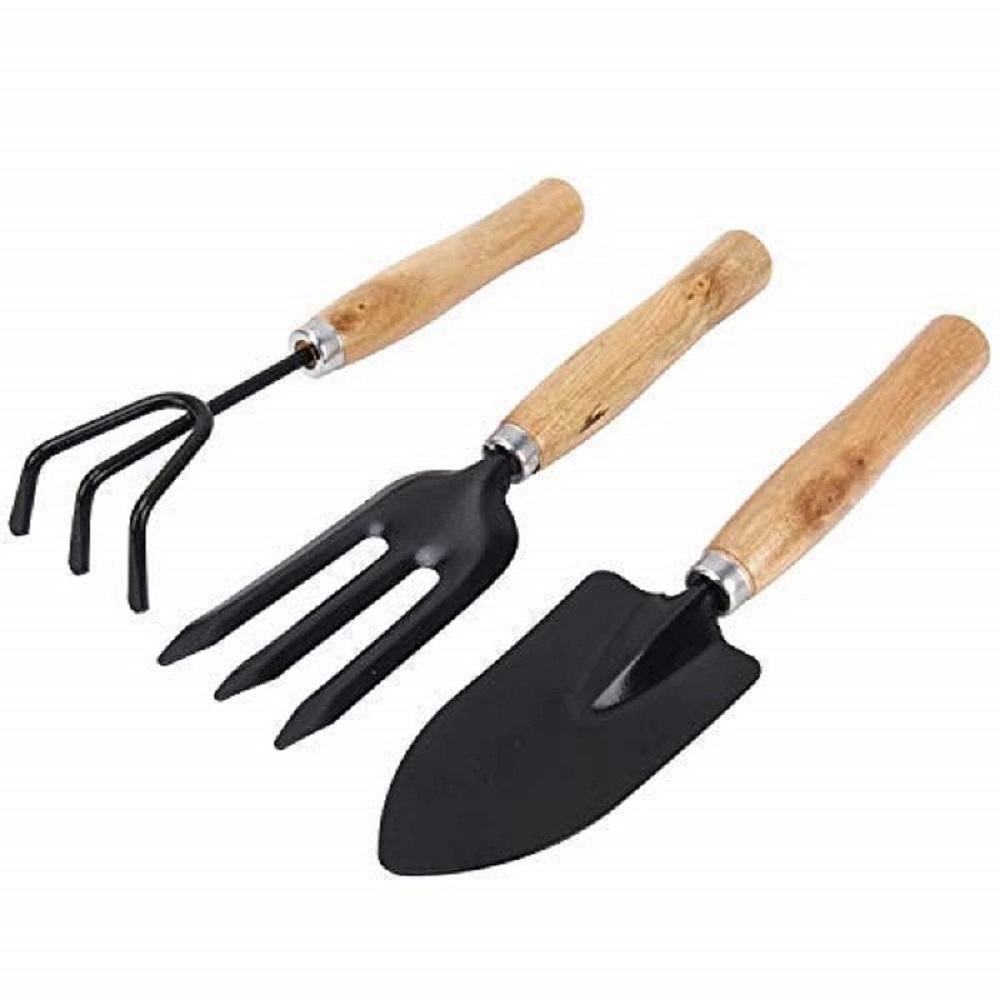
2. Quality vs. Cost
When selecting garden tools, quality often outweighs cost. While it may be tempting to choose cheaper options, investing in high-quality tools is crucial. Quality garden tools are typically more durable and effective, allowing you to achieve better results. They often come with ergonomic handles and solid materials, making them easier to use for extended periods.
Look for tools made from high-carbon steel or other rust-resistant materials. These materials ensure longevity and resilience against heavy use. Although high-quality tools may come with a higher initial price, they tend to pay off over time due to their durability and performance. This investment can lead to a more enjoyable gardening experience.
3. Ergonomics and Comfort
When selecting garden tools, consider their ergonomic design. Tools that fit comfortably in your hand reduce strain and allow you to use them for longer periods. This is particularly important for tasks requiring repetitive motion, such as digging or pruning.
Look for tools with padded grips, lightweight constructions, and adjustable features. Tools designed with ergonomics in mind can make gardening much more enjoyable. They can also help prevent injuries, such as wrist strain or fatigue. Feeling comfortable while gardening allows you to focus on the joy of your hobby rather than discomfort.
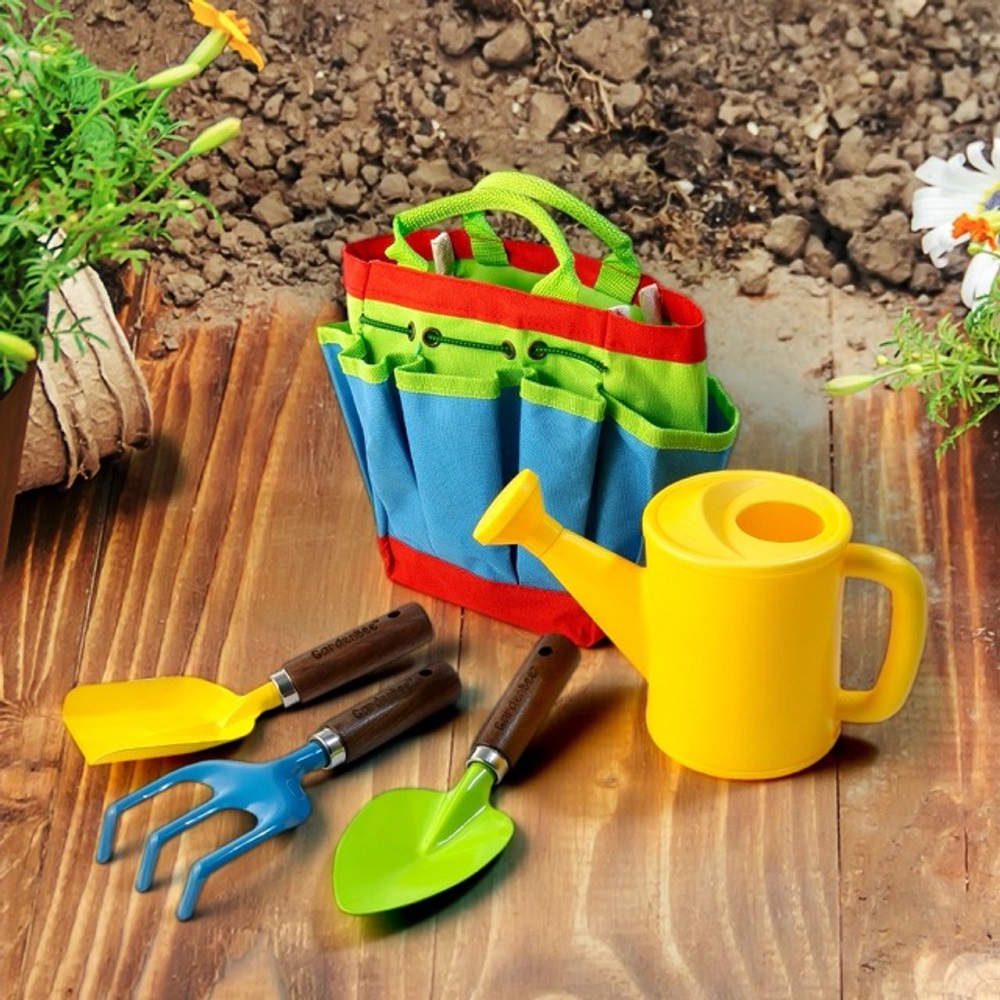
Assessing Your Gardening Needs
1. Evaluating Your Gardening Style
Before purchasing a garden tools set, assess your gardening style. Are you a casual gardener tending to a small flower bed, or do you manage a more extensive vegetable garden? Understanding your gardening approach will help you identify which tools are essential for your needs.
For instance, if you focus on container gardening, a smaller set of hand tools may suffice. Conversely, if you maintain a larger garden, you might require a more extensive set with power tools and specialized implements. This evaluation helps in making informed choices, ensuring you have the right tools for the tasks ahead.
2. Considering the Size of Your Garden
The size of your garden also influences the types of tools you should include in your set. A small garden or balcony may only require basic hand tools, while a larger space necessitates additional tools for efficiency.
For small gardens, tools like trowels, hand rakes, and pruners can effectively manage plant care. If you are dealing with larger areas, consider investing in shovels, hoes, and even power equipment like tillers or mowers. Tailoring your tool selection to your specific garden size ensures that you are well-prepared for the tasks at hand.
3. Identifying Specific Gardening Tasks
Every garden comes with its unique set of tasks, and understanding these will guide your tool selection. If your primary focus is on flower gardening, essential tools may include pruning shears, hoe, and watering tools. Alternatively, if you are managing a vegetable garden, you might need a wider array of tools, including seeders, cultivators, and harvesters.
Consider the seasonal tasks you’ll be performing as well. For example, tools for planting in spring differ from those used for maintenance in summer. Keeping the seasonal nature of gardening in mind will help you choose tools that are most effective for your needs throughout the year.
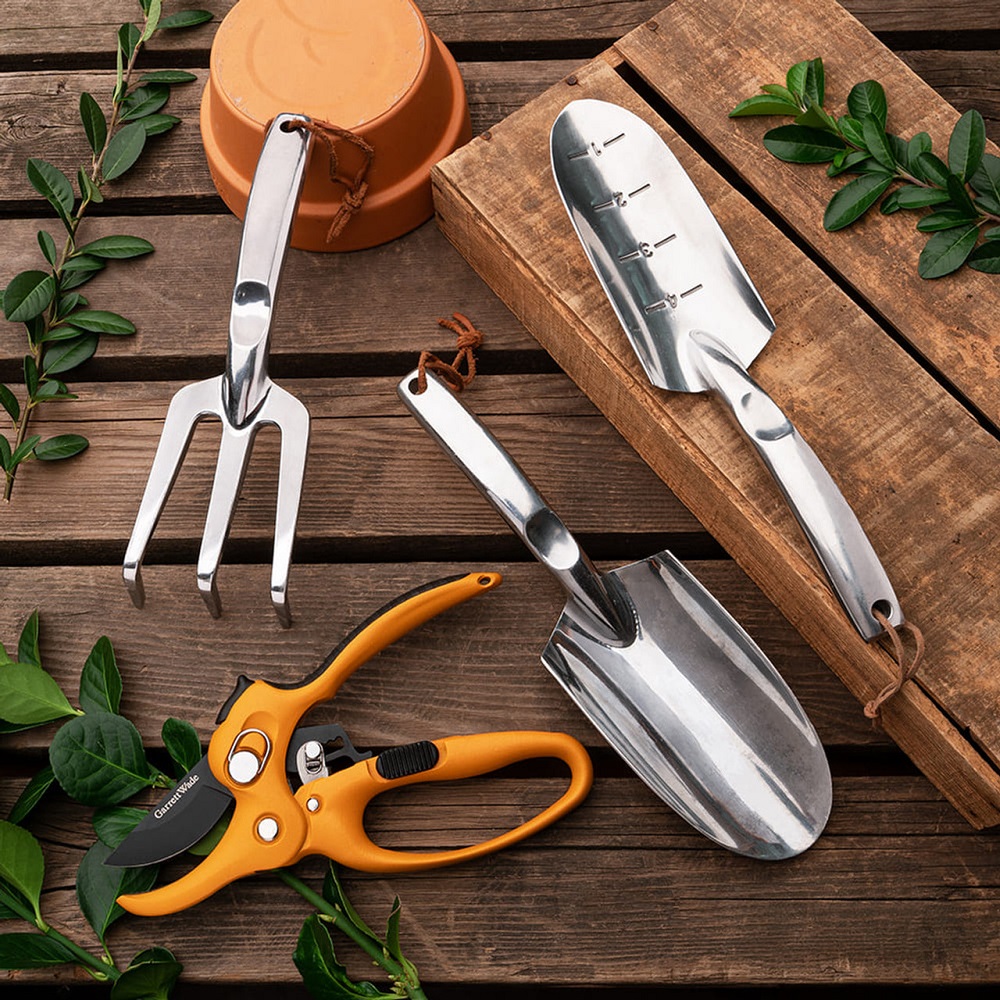
Essential Garden Tools to Include
1. Hand Tools
Hand tools are the cornerstone of any garden tools set. These lightweight, versatile implements are ideal for detailed tasks and are easy to maneuver. Essential hand tools include trowels for planting, weeders for removing unwanted plants, and hand pruners for trimming.
Investing in high-quality hand tools that fit comfortably is advisable. Look for rust-resistant materials and ergonomic grips. Having a reliable set of hand tools will help manage various gardening tasks easily.
2. Power Tools
For larger gardens or more intensive tasks, power tools can save you significant time and effort. Electric or gas-powered tools such as leaf blowers, string trimmers, and cultivators can make big jobs much easier.
When selecting power tools, consider the size of your garden and your specific needs. Choosing tools with adjustable settings can also provide versatility for different tasks. While these tools often come with a higher price tag, their efficiency can greatly enhance your gardening experience.
3. Accessories
Accessories play an important role in enhancing your gardening experience. Investing in gloves, knee pads, watering cans, and garden carts can improve comfort and convenience. Waterproof gloves protect your hands from dirt and moisture, while knee pads help cushion your knees during planting.
Watering cans and hoses should also be part of your accessory toolkit. Look for options with adjustable sprays or spouts to ease watering tasks. These accessories support your efforts and ensure that you’re well-equipped for a variety of gardening tasks.
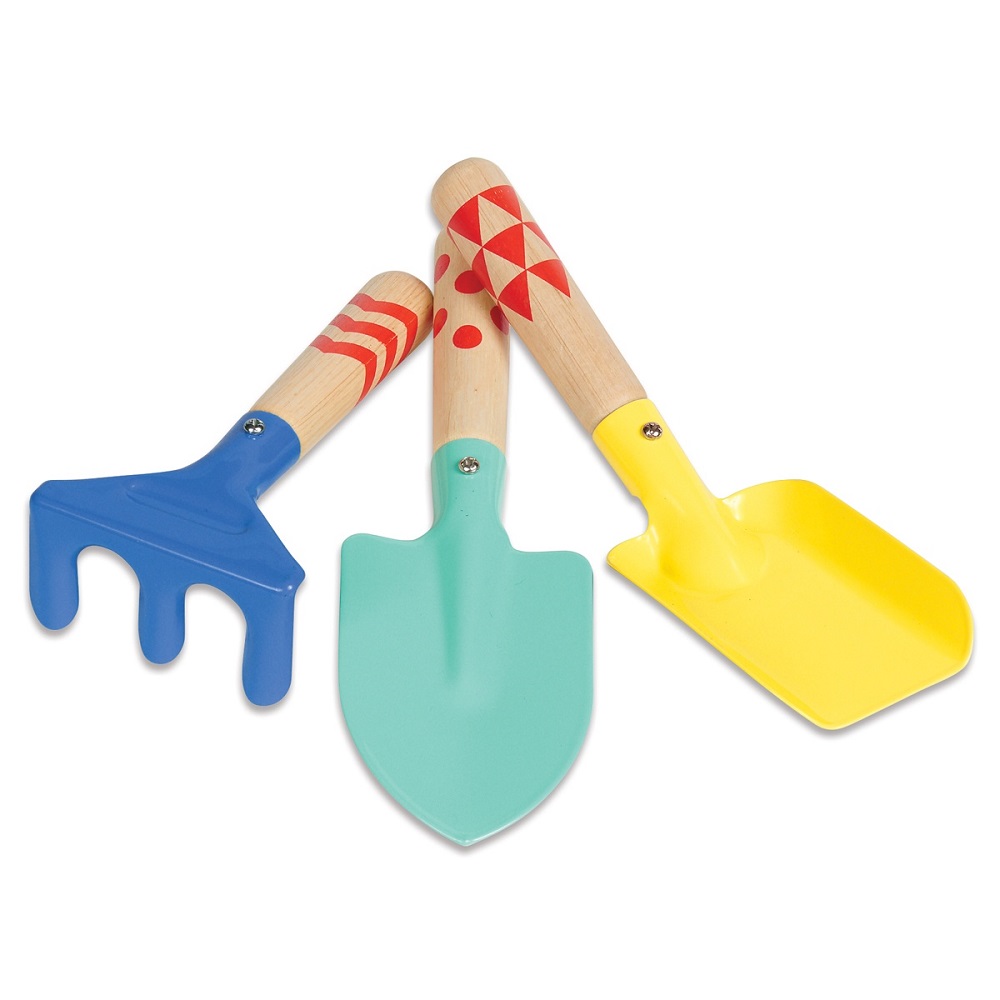
Storage and Organization
1. Proper Storage Solutions
Once you have your garden tools and accessories, consider how to store them properly. Having a designated space for your items can help prevent damage and ensure easy access during gardening sessions. Storage options can include toolboxes, pegboards, and tall storage units.
Investing in weather-resistant storage solutions can keep your tools protected from the elements. Proper storage prevents rusting and wear, extending the life of your tools. By organizing your garden gear, you create a functional workspace that fosters productivity.
2. Keeping Tools Clean and Maintained
Regularly cleaning your tools is essential for maintaining performance and longevity. After each use, rinse off dirt and debris to prevent corrosion and buildup. Use a soft brush for stubborn residues.
Inspecting your tools for signs of wear can help catch potential issues before they become severe. Sharpen blades on pruners and hoes to facilitate efficient cutting. Creating a routine for maintenance keeps your tools in their best condition, ready for future use.
3. Creating a Gardening Station
Designating a specific area for your gardening tasks can enhance efficiency. Setting up a gardening station with all your essential tools readily accessible streamlines your process. Consider including pots, soil, and seed trays in this space for convenience.
A well-organized gardening station allows you to focus on your work without constantly searching for tools. Additionally, having a dedicated area fosters a sense of ownership and pride in your gardening projects. This structured approach can lead to a more enjoyable and productive gardening experience.
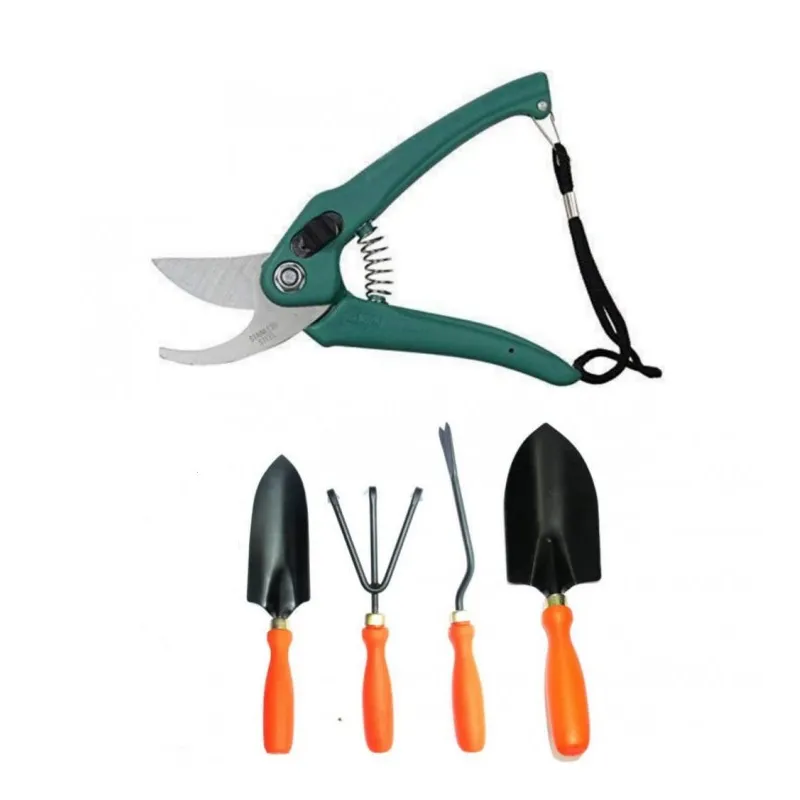
Understanding Price Ranges
1. Budget Considerations
When shopping for a garden tools set, setting a budget is essential. The price of tools can vary widely based on brand, size, and materials. Determining how much you are willing to spend will helps narrow your options.
While investing in quality tools may require a higher initial expense, their durability can save money over time. Many companies offer kits that combine several essential tools at a lower price. These bundles can provide excellent value while ensuring you have the necessary implements at your disposal.
2. Investing in Quality
Quality is crucial when it comes to garden tools. While cheaper options may seem appealing, they often lack durability and performance. High-quality tools offer better construction, materials, and functionality.
Choose tools that can withstand daily use without risking damage or wear. Investing a bit more upfront will pay off in the long run, ensuring that you have reliable equipment. Quality is important for both performance and the enjoyment of your gardening endeavors.
3. Warranty and Support
When selecting garden tools, consider warranties offered by manufacturers. A solid warranty can provide peace of mind, allowing you to replace faulty tools if necessary. This aspect is especially important for more expensive items, such as power tools, which can be a larger investment.
Additionally, choose brands known for their excellent customer support. Having access to responsive customer service can make a difference when experiencing issues or seeking replacement parts. A reputable brand not only provides quality but also enhances your overall experience with the products.
Final Thoughts on Your Garden Tools Set
1. Finding Your Perfect Match
To choose the right garden tools set, focus on your specific gardening needs and preferences. Whether your main focus is on planting, weeding, or maintaining your garden, ensure that the tools you select match those needs.
Explore various brands to discover the products that resonate with you. Many brands cater to different skill levels, so consider whether you’re a beginner or an experienced gardener. Finding the perfect match for your requirements will make gardening a more enjoyable experience.
2. Embrace the Gardening Culture
Engaging in gardening goes beyond just having the right tools. It’s about becoming part of a vibrant community that shares tips, knowledge, and passion. Join local gardening clubs or online forums to connect with fellow enthusiasts.
These connections can enhance your gardening skills and introduce you to new techniques. By embracing the gardening culture, you’ll not only improve your knowledge but also make significant connections with like-minded individuals. A sense of community will enrich your gardening journey.
3. Enjoy the Process
Gardening is a rewarding venture that offers relaxation and fulfillment. As you equip yourself with the right tools, remember to enjoy the process. Appreciate the time spent nurturing your plants and creating a beautiful environment.
Don’t rush the journey; take time to learn and grow. Celebrate your accomplishments, whether small or large. By enjoying the process, you cultivate a loving relationship with your garden and the gardening tools you choose.
Conclusion
In conclusion, selecting a well-rounded garden tools set is crucial for any gardening enthusiast. By understanding your needs, preferences, and the available options, you can make informed choices. From hand tools to power tools, each piece of equipment plays a vital role in the maintenance and creative joy of gardening.
Remember to focus on quality, comfort, and functionality when assessing potential tools. Cost shouldn’t be the only factor influencing your decision; consider warranties, reviews, and brand reputations. Investing in high-quality tools will enhance your gardening experience and ensure long-lasting efficiency.
As you enhance your garden space, revel in the joy of nurturing plants, creating beauty, and engaging with nature. With the right garden tools by your side, you’ll cultivate not only a thriving garden but also a rich appreciation for the art and science of gardening. Enjoy every moment, and may your gardening adventures bring you endless happiness and fulfillment!
